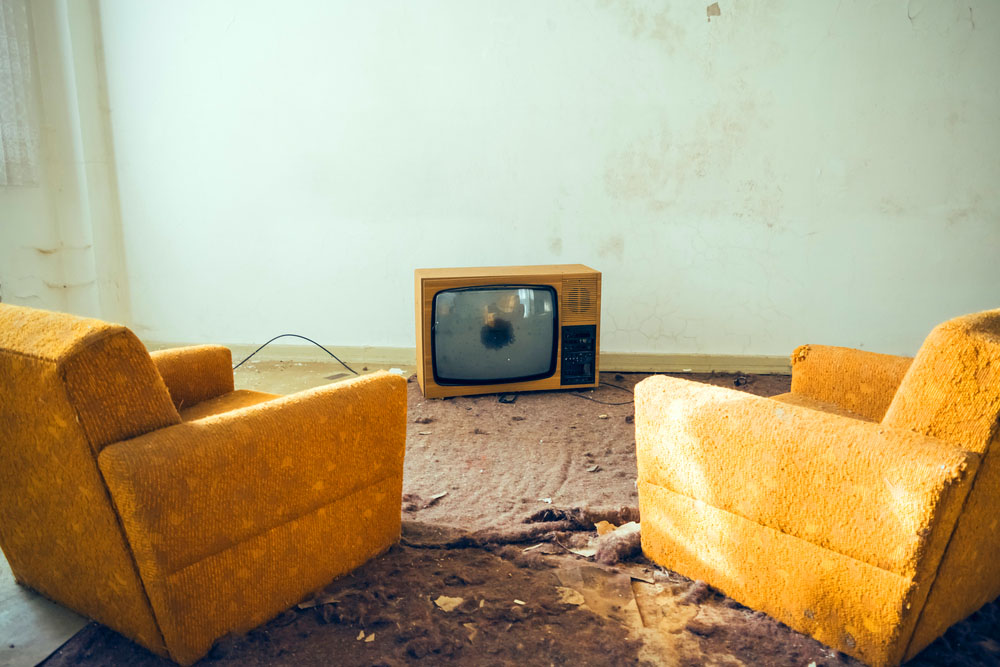Considered by many as the million-dollar question – what is classed as damage at check out? If only there were a nice tick box to tell landlords, tenants and letting agents the answer but, due to properties being properties, and tenancies being tenancies, and them all being so vastly different, this is never going to be possible. So, we have to garner what information we can and apply it in as a fair a way as possible based on the facts.
The house of Lords defines fair wear and tear as follows: “Reasonable use of the premises by the Tenant and the ordinary operation of natural forces”
Wear & Tear is…
Wear and tear in a property is what a landlord can expect to see through the passage of time, so such things as;
- shading to paint
- rubs on walls
- odd chips on woodwork
- hinges becoming slightly loose
- laminate or lino becoming somewhat worn
- carpets becoming flattened and sometimes shaded with age
- the slight dulling to appliances
…and so on.
Wear & Tear Isn’t…
What would be considered outside of normal wear and tear would be things that go beyond the normal usage of a property during the passage of time – where a tenant has knowingly or unknowingly caused damage to a property or its contents and so reducing its anticipated life expectancy through this misuse.
For example, where a tenant has caused damage to a property that is not in line with normal day to day usage, such as;
- burning something
- creating a hole in a wall through misuse
- causing permanent damage due to lack of cleaning during the tenancy
- causing gouges to surfaces that are beyond day to day usage
- causing stains through spillages that go untreated
- using force that causes fittings to snap, break or come off walls etc.
The list is endless really, but this should help landlords to define the parameters for what are considered damages. The National Landlords Association (NLA) has drawn up a list of 9 guiding principles to help landlords with this decision making process: https://landlords.org.uk/news-campaigns/news/what-fair-wear-and-tear
How to Avoid Disputes:
Without doubt, the best way to avoid disputes over damages is to ensure you use a professional, independent inventory company at the start of a tenancy and carry out checks on your rental property at regular intervals. This will ensure that you have both written photographic evidence in the case of any dispute at the end of a tenancy.
If you work with a good old-fashioned, stand-up Inventory company you will find they are guided by various bodies including the AIIC and ARLA Property Mark to ensure they are working to set industry standards. Their clerks should be trained to operate and abide by these guidelines, therefore, protecting everybody’s interest and making sure landlords can make claims where needed and tenants can dispute these claims if they are not correct.
Evidence is key and working with a company that knows what evidence to show and how to present it is imperative to disputes being handled fairly.
For further advice or to speak to us about inventories, check ins, check outs and mid term checks get in touch today. To keep up to date with tips and information about protecting your private rental property and the latest news about the London lettings market, follow us on Facebook or LinkedIn.



